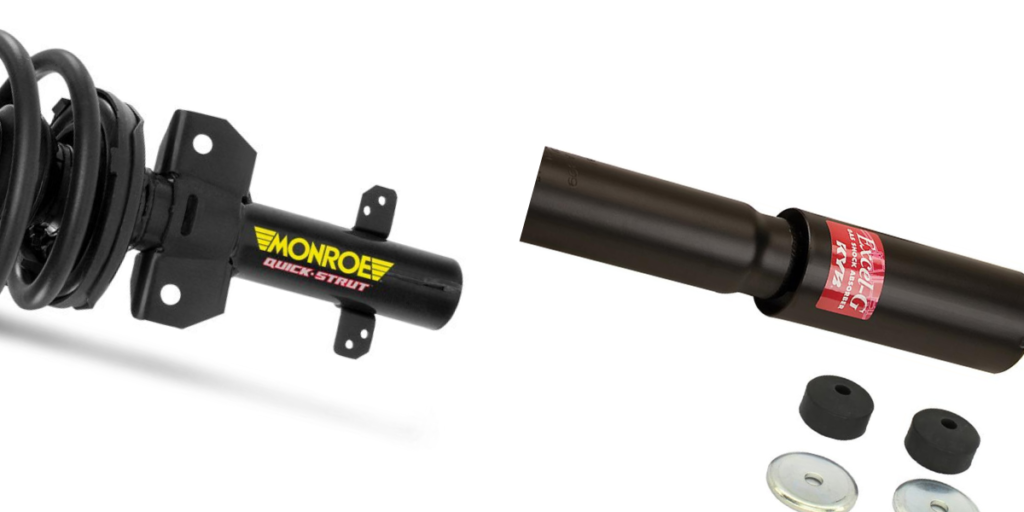What is an Antifreeze?
Antifreeze is an ethylene glycol or propylene glycol-based fluid which is mixed with distilled water to make a coolant. This coolant is then poured inside the cooling system. The antifreeze, along with distilled water, keeps the car’s engine from overheating and allows it to function properly. The unique property of an antifreeze liquid is that it does not freeze or boil easily, which makes it ideal for the winter and summer seasons alike.
Some antifreeze liquids are also designed to prevent corrosion inside the cooling system. In this article, you can learn how to check and top up car antifreeze coolant on your own and save an unnecessary trip to the mechanic. Plus, check out this guide on how to stop antifreeze leak.
Before you get to know how to check and top up car antifreeze coolant you should know, Antifreeze fluids based on their concentration differ in their compositions. Therefore, before buying an antifreeze, make sure you know which product is ideal for your car.
Checking the Antifreeze Coolant
- You will first need to open the bonnet of your car.
- Now you have to locate the coolant overflow tank.
Note: There are various tanks in the car. Make sure you know which one is which; otherwise, you might accidentally pour the antifreeze coolant into the wrong tank.
Tip: If you are unsure which tank is meant for the antifreeze coolant, do a simple search on the internet to avoid any confusion.
- Check if the antifreeze coolant inside the coolant overflow tank is at the right level. It should be somewhere between the maximum and minimum levels indicated on the tank.
- If the level of the antifreeze coolant is significantly low inside the overflow tank, you should rule out any leaks before topping up the car with new antifreeze.
Checking for Antifreeze Leaks
Leaks can cause the loss of antifreeze coolant from the cooling system. A cooling system running on a low level of antifreeze coolant does not function properly and causes the engine to heat up. If left unchecked for long, the leaks can cause the engine to seize completely.
Check the Overflow Tank
Inspect the coolant overflow tank first. Since the tank is made of plastic, it is prone to damage. See if the tank is leaking.
Check the Radiator Hoses
Radiator Hoses can become brittle over time and are most prone to damage. They can also be damaged from the areas where they are clamped. Ensure that there are no weak spots.
Check the Radiator
The radiator itself is made of metal, so it can erode due to rust. Check the radiator for any signs of rust. For a better look, you can remove the radiator for inspection. Replace it with a new radiator if necessary.
Check the Core Plugs
Core plugs are thin metal discs that cover the casting core holes on the engine block. These core plugs can be a source of leaks when rusted. Replace the core plugs if there are any signs of antifreeze coolant leaking.
Quick Fix: In case of a leakage, you can use a radiator stop leak to prevent the cooling system from leaking for some time. But ultimately, you’ll have to replace the damaged component entirely.
Once you have ensured there are no leaks in the areas mentioned above, it is time to top up the new antifreeze coolant in the car.
Note: Before you get to the topping up part, you should drain the antifreeze coolant already present in the system. The old coolant might have accumulated sludge and debris over time which can hinder the smooth functioning of the cooling system.
Draining the Old Antifreeze Coolant
To drain the old antifreeze coolant, you need to get a draining pan and place it underneath the draining valve of the radiator. You then need to open the draining valve and allow the coolant to follow out. If there is no draining valve present, you can gently take out the lower hose of the radiator and place it in the draining pan.
Environmental Hazard
Antifreeze coolant is extremely dangerous for the environment and animals. Ensure that you dispose of the drained fluid mixture responsibly.
Note: You can also flush the cooling system with a radiator flush to make sure that the system is thoroughly clean before adding a new antifreeze coolant.
Topping Up the Antifreeze Coolant
- You need to read the instructions on the label of the antifreeze bottle to know the exact ratio in which you should add the antifreeze and distilled water.
- Prepare the antifreeze and distilled water mixture in a bucket.
Note: It is not advisable to add tap water to the antifreeze since it contains contaminants that can accumulate inside the cooling system. Moreover, it can also accelerate the rusting process in the cooling system’s metal components.
Tip: Before pouring the antifreeze mixture into the car, it is important that you give the car a lift so that no air gets trapped inside. You should invest in a good car lift to jack the car up easily.
- Get a funnel to avoid any spillage of the mixture.
- Now, remove the radiator cap and pour the mixture inside the radiator till it’s one inch away from the opening inlet. If the level drops, fill it up again till the exact point as before.
- Now check the coolant overflow tank. If the antifreeze coolant level is still low in the tank, add more antifreeze coolant until you reach the right amount.
- Close the caps, and you are good to go.
Knowing how to check and top up car antifreeze coolant can ensure that your engine runs at an optimum condition. Topping your engine with good engine oil while topping the antifreeze coolant can also help you increase your engine’s efficiency.
Sources:





